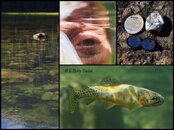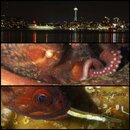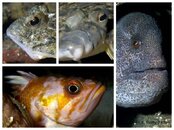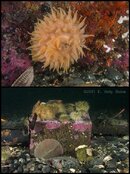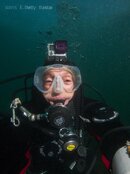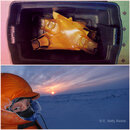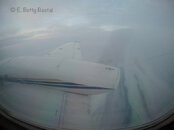Soakedlontra
Contributor
Betty and Sam..what's cooking besides inspiriting all.
Bob it's a rough ride right now. I will be going to work in the North Slope again next January.
Welcome to ScubaBoard, the world's largest scuba diving community. Registration is not required to read the forums, but we encourage you to join. Joining has its benefits and enables you to participate in the discussions.
Benefits of registering include
Betty and Sam..what's cooking besides inspiriting all.
